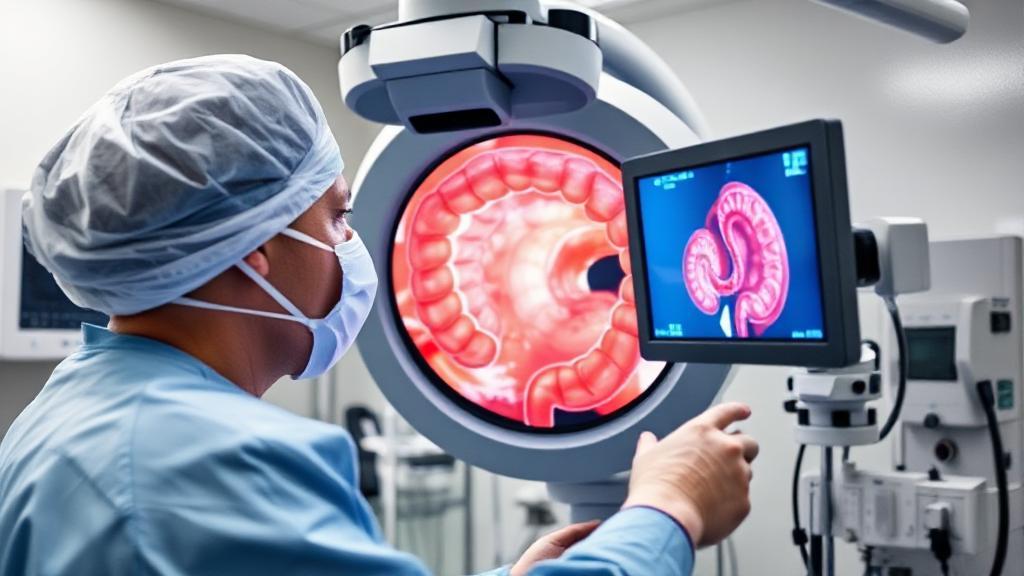Understanding Colonoscopy
A colonoscopy is a medical procedure that allows doctors to examine the inner lining of the large intestine (colon and rectum) using a long, flexible tube called a colonoscope, equipped with a camera and light. This versatile diagnostic tool typically takes 30 minutes to an hour and is performed by a gastroenterologist.
What Can Be Detected
Polyps
Colonoscopy can identify and remove various types of polyps:
- Adenomatous polyps
- Serrated polyps
- Hyperplastic polyps
- Inflammatory polyps
Colorectal Cancer
According to the American Cancer Society, colorectal cancer is the third most common cancer diagnosed in both men and women in the United States. Early detection through colonoscopy can significantly improve treatment outcomes.
Inflammatory Conditions
Inflammatory Bowel Disease (IBD)
- Crohn's Disease: Characterized by patchy inflammation and ulceration
- Ulcerative Colitis: Marked by continuous inflammation of the colon lining
Other Inflammatory Conditions
- Diverticulitis
- Microscopic colitis
- Infectious colitis
Structural Abnormalities
Colonoscopy can identify:
- Strictures and narrowing
- Diverticulosis (small pouches in the colon wall)
- Fistulas
- External compression
Bleeding Sources
"Identifying the source of bleeding is crucial for proper treatment and can be life-saving in some cases." - American Society for Gastrointestinal Endoscopy
Common sources include:
- Hemorrhoids
- Anal fissures
- Ulcers
- Angiodysplasia
- Bleeding polyps or tumors
Quality Indicators
| Indicator | Significance |
|---|---|
| Bowel prep quality | Affects visualization accuracy |
| Cecal intubation | Confirms complete examination |
| Withdrawal time | Ensures thorough inspection |
| Adenoma detection rate | Measures examination effectiveness |
Preparing for a Colonoscopy
Dietary Restrictions
- Clear liquids: Only water, broth, and clear juices the day before
- Avoid: Foods with seeds, nuts, and high fiber
Bowel Preparation
- Laxatives: Special cleansing solution required
- Timing: Follow instructions carefully
During and After the Procedure
During
- Sedation is administered
- Colonoscope is inserted
- Colon examination performed
- Biopsies or polyp removal if necessary
After
- Recovery from sedation
- Rest required
- Arrange transportation home
- Follow special diet temporarily
- Avoid strenuous activities
Risks and Complications
- Bleeding
- Perforation
- Infection
For more detailed information, visit resources like the Mayo Clinic, WebMD, or the National Institute of Diabetes and Digestive and Kidney Diseases.
Regular screenings, especially for those over 50 or with a family history of colorectal cancer, can be life-saving. Always consult with a qualified healthcare provider to interpret findings in the context of your overall health status and symptoms.
